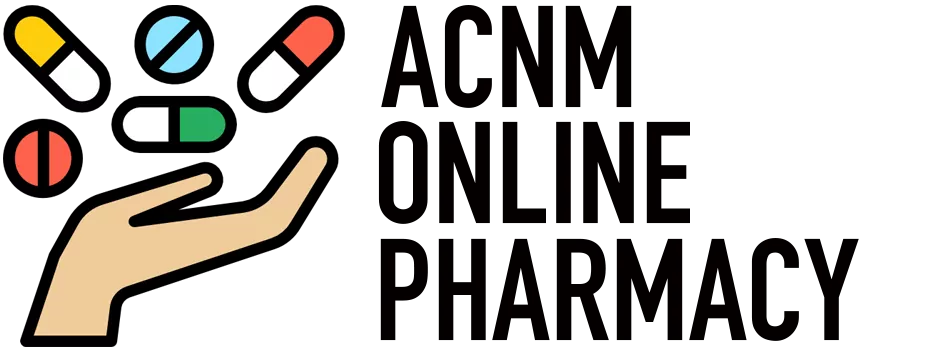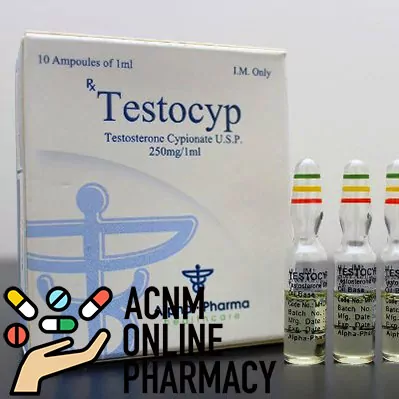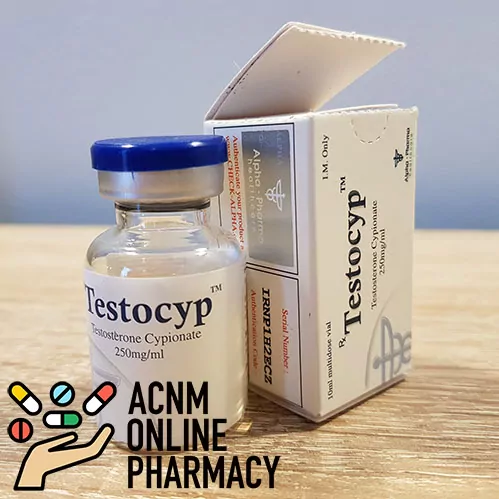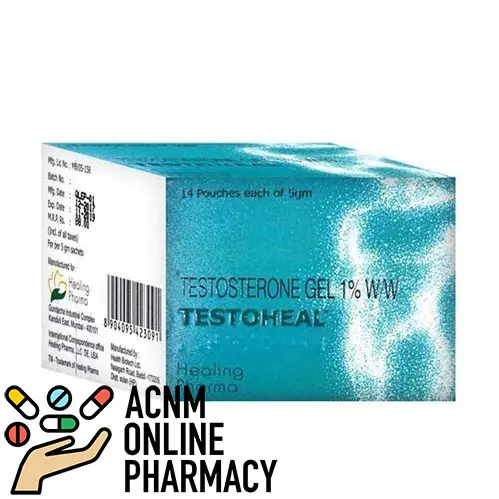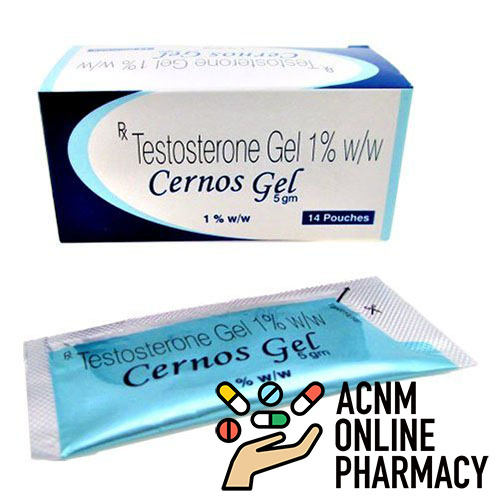Low Testosterone Treatment
Testosterone is a hormone that is primarily produced by the testicles in men and, to a lesser extent, by the ovaries in women. It is responsible for many aspects of physical and mental health, including muscle growth, bone density, sex drive, and mood. However, as men age, their testosterone levels tend to decline, which can lead to several unpleasant symptoms.
Low testosterone levels, also known as hypogonadism, affect millions of men worldwide. Symptoms can include low sex drive, fatigue, loss of muscle mass, decreased bone density, and mood swings. While there are some lifestyle changes that can help improve testosterone levels, some men may require more aggressive treatment to address their symptoms.
Medication
One of the most common treatments for low testosterone is medication. Testosterone replacement therapy (TRT) involves the use of synthetic testosterone to increase the body’s levels of this hormone. There are several forms of TRT available, including injections, gels, patches, and pellets.
Injections: Testosterone injections are typically administered once every two to four weeks, either in the muscle or under the skin. The dosage and frequency of injections will depend on the severity of the individual’s symptoms.
Gels: Testosterone gels are applied to the skin once a day, usually on the shoulders or upper arms. The gel is absorbed through the skin and into the bloodstream, where it increases testosterone levels.
Patches: Testosterone patches are worn on the skin, usually on the upper body or thighs. They are changed daily to ensure a steady dose of testosterone.
Pellets: Testosterone pellets are small, rice-sized pellets that are implanted under the skin. They release testosterone into the bloodstream over three to six months.
Hormone replacement therapy
Hormone replacement therapy (HRT) is another treatment option for low testosterone. HRT involves the use of both estrogen and testosterone in men to balance out hormone levels. This treatment is typically used for men who have very low testosterone levels and are experiencing severe symptoms.
However, HRT is not without risks. The use of estrogen in men can lead to an increased risk of blood clots and other cardiovascular problems. Therefore, HRT is typically only recommended for men who have not responded to other forms of treatment.
Lifestyle changes
In addition to medication and hormone replacement therapy, there are a number of lifestyle changes that can help improve testosterone levels.
These include:
Exercise: Regular exercise, particularly strength training, can help increase testosterone levels in men. In one study, men who engaged in resistance training for 12 weeks saw a 15% increase in their testosterone levels.
Diet: Eating a healthy diet that is high in protein, healthy fats, and complex carbohydrates can also help boost testosterone levels. In particular, consuming foods that are rich in zinc, such as oysters, beef, and spinach, can help increase testosterone levels.
Stress management: Chronic stress can hurt testosterone levels. Therefore, finding ways to manage stress, such as through meditation or yoga, can be helpful.
Sleep: Getting enough sleep is important for maintaining healthy testosterone levels. One study found that men who slept for only five hours a night had a 10-15% decrease in their testosterone levels.
Increase your testosterone levels now!
Low testosterone is a common condition that can have a significant impact on a man’s physical and mental health. Fortunately, there are some treatment options available, including medication, hormone replacement therapy, and lifestyle changes. If you are experiencing symptoms of low testosterone, it is important to talk to your doctor to determine the best course of treatment for your individual needs.
Showing all 4 results
